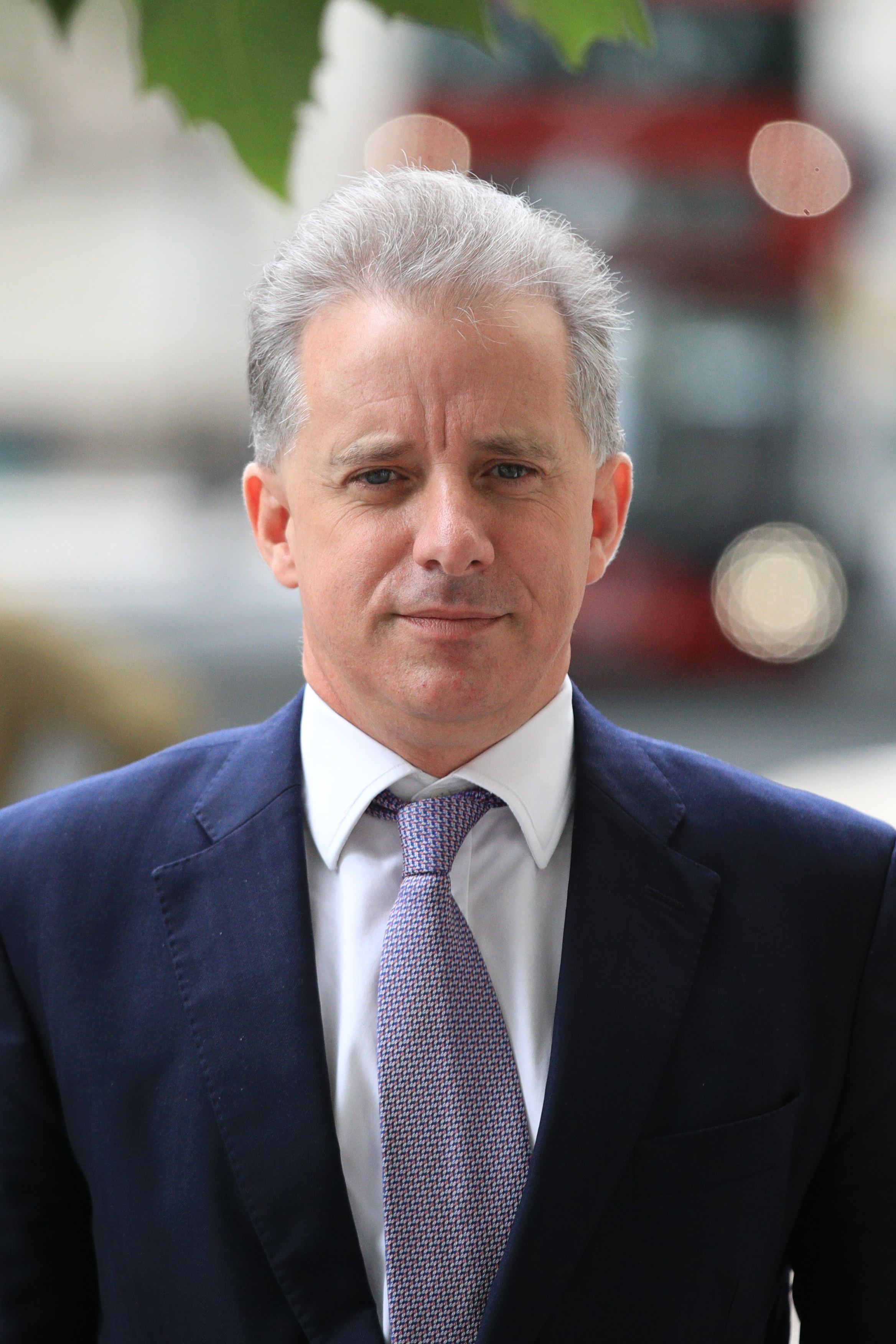

We’ll find proof if we follow the clues that Steele has given us. It suggests, yes, there must be something to the charge that Trump colluded with an enemy power. The widespread use of the term “roadmap” is telling.

Let’s review the story of the Steele Dossier and ask whether clear-thinking unbiased persons in media or government would have taken the charges in the Dossier so seriously as to use it as the roadmap to Russian government officials’ purported alliance with Trump employees and campaign aides to help his election. The only “verified” information that Horowitz found was available from public sources. He found that the Dossier was compiled from hearsay and third-hand gossip from two low-level sources and that they denied the testimony attributed to them. Inspector General Michael Horowitz drove the final stake through its heart. We now know that the Steele Dossier is bogus. They were a knowing and willing part of the Democratic and media smear of a presidential contender, and then president, that paralyzed U.S. That our most sophisticated government officials acted as if the Dossier were legitimate leads to only one conclusion. Any residual doubt would have vanished after learning that its author, Christopher Steele, was an opposition researcher paid by the Democrats to dig up dirt on Trump. A special counsel assigned to investigate the origins of the Trump-Russia probe charged one of Steele’s sources with lying to the FBI and charged a cybersecurity lawyer who worked for Clinton’s campaign with lying to the FBI during a 2016 meeting in which he relayed concerns about the Russia-based Alfa Bank.A cursory examination of the Steele Dossier should have convinced the CIA or the FBI that it was fake news. The Steele dossier was a report compiled by former British spy Christopher Steele and financed by Democrats that included salacious allegations about Trump’s conduct in Russia and allegations about ties between the Trump campaign and Russia.ĭocuments have shown the FBI invested significant resources attempting to corroborate the dossier and relied substantially on it to obtain surveillance warrants targeting former Trump campaign aide Carter Page.īut the dossier has been largely discredited since its publication, with core aspects of the material exposed as unsupported and unproven rumors. The documents have not yet been made public and FEC spokeswoman Judith Ingram said the FEC has 30 days after parties are notified about enforcement matters to release them. The Clinton campaign agreed to a civil penalty of $8,000 and the DNC $105,000, according to a pair of conciliatory agreements that were attached to the letter sent to the Coolidge Reagan Foundation. The Clinton campaign and DNC had argued that the payments had been described accurately, but agreed, according to the documents, to settle without conceding to avoid further legal costs. “By intentionally obscuring their payments through Perkins Coie and failing to publicly disclose the true purpose of those payments,” the campaign and DNC “were able to avoid publicly reporting on their statutorily required FEC disclosure forms the fact that they were paying Fusion GPS to perform opposition research on Trump with the intent of influencing the outcome of the 2016 presidential election,” the initial complaint had read.

But on FEC forms, the Clinton campaign classified the spending as legal services. The Clinton campaign hired Perkins Coie, which then hired Fusion GPS, a research and intelligence firm, to conduct opposition research on Republican candidate Donald Trump’s ties to Russia.


 0 kommentar(er)
0 kommentar(er)
